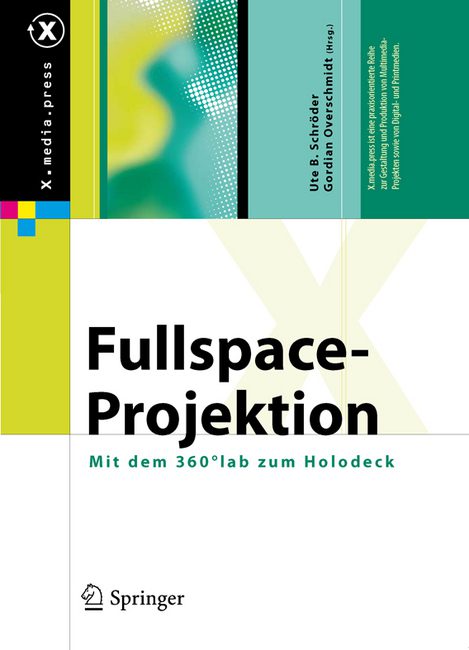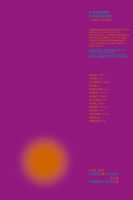The experts from the respective disciplines (e.g. neurobiological basics, storytelling, screenplay, visual effects, auto alignment, stitching, projection technology; hardware) will present the current state of research, applications and prospects for the areas of marketing, education, entertainment and medical applications. The reference book closes the gap between developments that are taking place and publications that are scarce and barely linked.
Link to the publisher 360lab.net
Preview of the book contribution “Spatial thinking and the brain”
The technical, content-related and dramaturgical potential of 360° projections opens up a space for experimentation in which we can create more realistic and fantastic worlds and present and solve more complex problems than with any previously known audiovisual media. The spherical projection of information gives us a descriptive language system that comes far closer to the processing of spatial-visual data in the brain than the standard image formats available. This enables us to express all sensually experienced and cognitively recognized environmental relationships much better than before in a descriptive and auditory way. Even if I have to limit myself to the visual potential in this article, the common structures between the language of words and the language of images are intended to encourage the use of synergies and promote the legibility of our messages. The information potential of 360° projections will therefore have an impact on our communication behavior, the design of our environment and our intelligence development to the extent that we succeed in understanding the associated sensory-physiological and cognitive requirements and translating them into practical life applications.
Link to the publisher’s page “Springer Science+Business Media”



